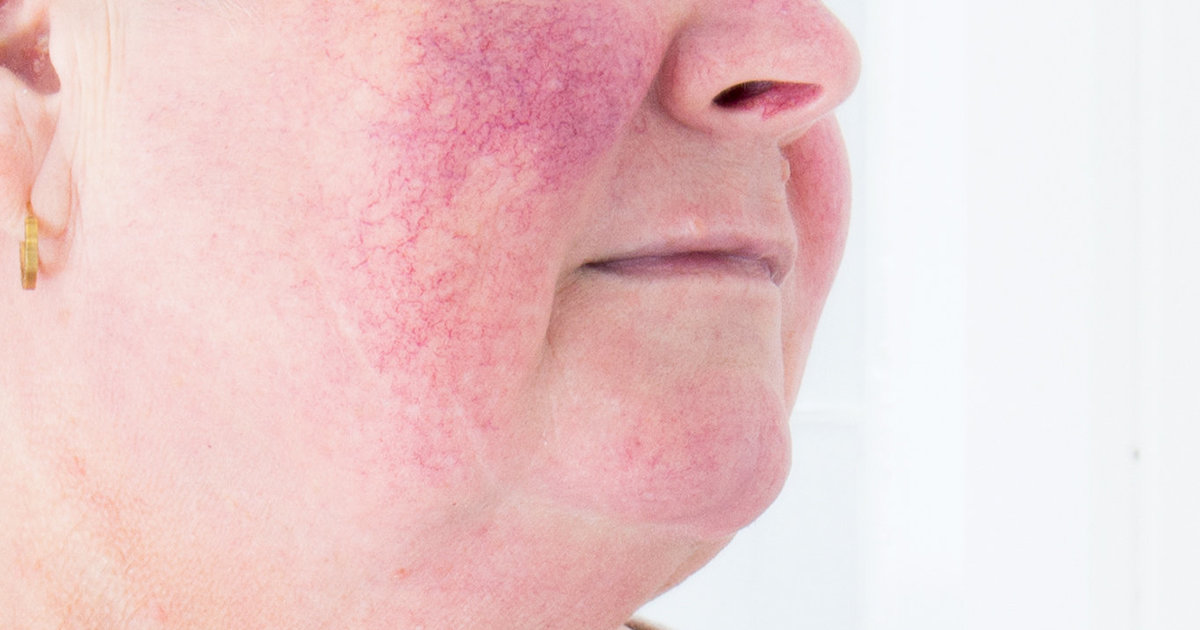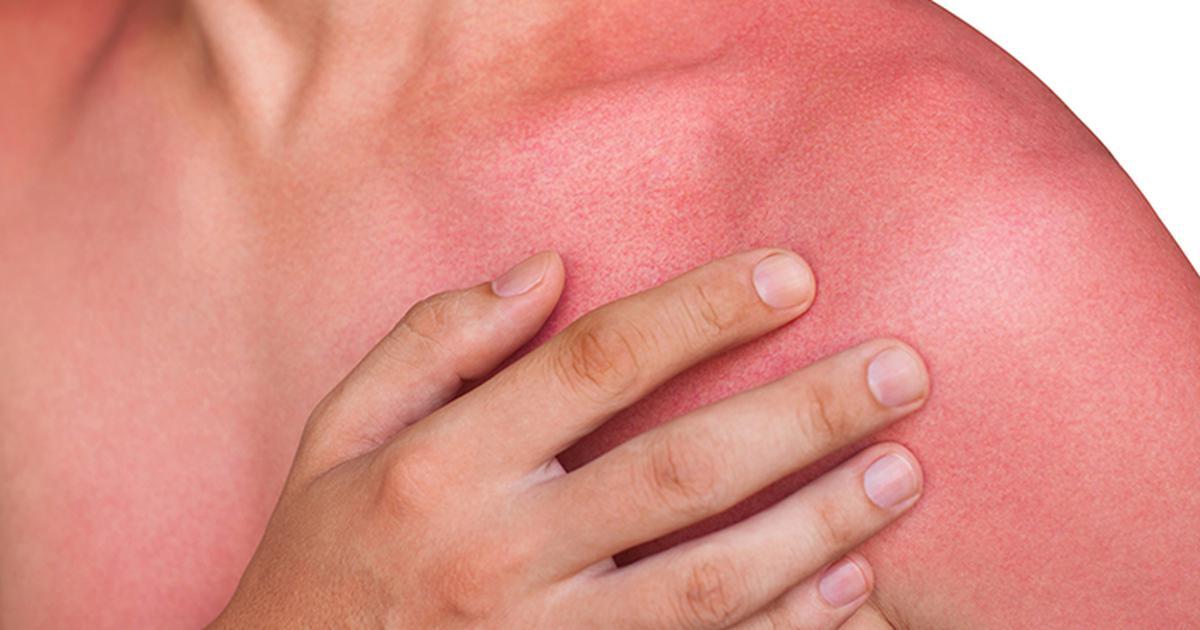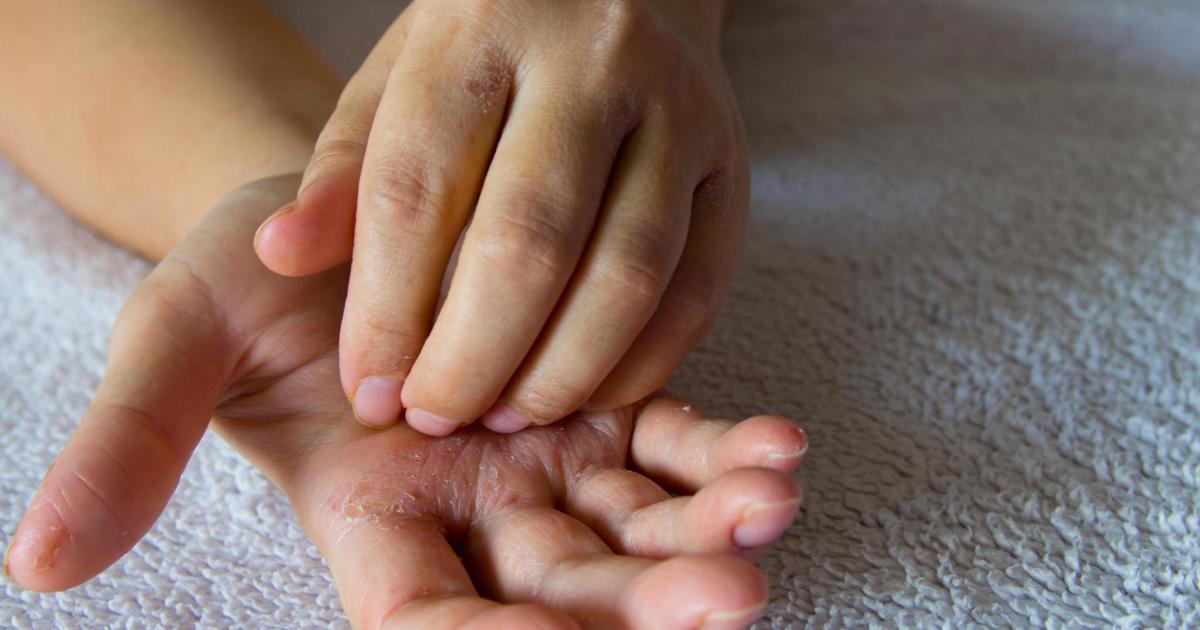What Causes Skin Redness?
Skin redness is a term used to describe when an individual's skin turns red due to an underlying condition or injury when it would typically be a light pink flesh color. An individual's skin tends to become red when their blood vessels dilate, and blood rushes close to the surface of the skin. The extra blood that rushes to the surface of an individual's skin can be the result of several mechanisms that make up the inflammatory process. While the redness of an individual's skin is not always a cause for significant concern, it can be uncomfortable and irritating. When an area of the body becomes injured, damaged, or diseased, the individual's immune system initiates a healing process that begins with dilation of the blood vessels and a rush of different immune components to the affected area of skin.
Several specific conditions and injuries can trigger this type of inflammatory process. Learn about this now.
Rosacea

Rosacea is a common skin condition that produces visible blood vessels and redness in the face. The underlying causes of rosacea are not currently known, but certain factors are known to trigger flare-ups. Spicy foods, hot drinks, extreme temperatures, emotions, blood pressure medications, cosmetics, exercise, alcoholic beverages, sunlight, and wind can cause symptoms to appear in rosacea patients. Rosacea is most likely to develop in women who have light skin, are smokers, over thirty years old, and have a family history of the condition. Rosacea most often presents as a persistent redness that forms in the center of the face due to the swelling of tiny blood vessels in the cheeks and nose. Some individuals affected by rosacea develop acne-like pimples on their face that also produce redness in the skin. An affected individual's skin may feel tender and hot. Other symptoms of rosacea that occur with skin redness include eye problems and an enlarged nose.
Uncover additional causes of skin redness now.
First Degree Burn

A first-degree burn is a superficial burn injury to the top layer of an individual's skin. Most first degree burns are a mild skin injury that does not necessitate medical treatment but can be painful and uncomfortable. The most common causes of first degree burns include sunburns, hot liquid scalds, and exposure to electricity. The most common symptom seen in individuals who have first degree burns is skin redness in the affected area. The skin redness that develops from a first-degree burn is the result of the individual's immune system responding to the cellular injury or damage that has occurred. Along with redness of the skin, an individual who has a first-degree burn may experience tenderness, pain, and swelling at the burn site. Most first-degree burns that are not extensive and do not cover a large area of skin will heal within a few days. A second-degree burn can be distinguished from a first-degree burn by the formation of painful blisters at the burn site.
Continue reading to learn more about what can result in skin redness now.
Eczema

Eczema is a condition that causes the skin to become cracked, rough, inflamed, red, and itchy. Eczema is more prevalent among children, but it can develop in an individual of any age. Eczema is a chronic condition and consists of periodic flare-ups. It develops in an individual as a result of a gene mutation that causes their skin to have a reduced ability to retain moisture properly and protect internal tissues from allergens, bacteria, and irritants. Because an affected individual's skin has a decreased ability to perform these important functions, they are more susceptible to problems caused by environmental factors. The main symptoms seen in eczema patients include patches of dry skin that may be red and brown, red raised bumps that may leak fluid, scaly skin, cracked skin, raw skin patches, swollen skin, and thickened skin.
Get additional details on what causes skin redness now.
Contact Dermatitis

Contact dermatitis is a type of rash that causes the skin to become itchy and red as a result of direct contact with a certain substance. Although contact dermatitis is not a serious medical issue, it can cause an affected individual to experience pain and discomfort. Contact dermatitis is caused by direct contact with certain environmental factors and the immune system responses to it. The most common substances known to cause symptoms include scented soaps, certain cosmetics, fragrances, jewelry, certain skin products, and contact with specific plants. Contact dermatitis patients develop redness in the skin where the rash occurs because the immune system causes the blood vessels in the affected area to become dilated. The dilation of the blood vessels allows more blood to reach the surface of the skin, which produces a red hue. Additional symptoms of contact dermatitis include blisters, burning, skin cracking, scaling of the skin, and skin dryness.
Read more about the causes of skin redness now.
Diaper Rash

A diaper rash is a rash that develops on the skin in the diaper area that occurs because of inflammation. A diaper rash presents as a patchy rash of bright red skin on the areas of the body typically covered by a diaper. Chafing, frequent wet diapers, infrequently changed diapers, and skin sensitivity can be related to the development of a diaper rash. Anyone who regularly wears a diaper can develop a diaper rash, but it is most common among infants and toddlers. A diaper rash does not usually indicate or cause a serious medical problem, but it can make an affected individual feel extreme discomfort. The redness that develops on the skin with a diaper rash is the outcome of the immune response to the use of new products, excessive friction, skin infection, prolonged or frequent exposure to urine or stool, use of antibiotics, atopic dermatitis, and eczema. An individual who has a diaper rash will require medical attention if the rash does not heal within a timely manner with home treatment, oozes, causes burning, bleeds, and is accompanied by a fever.